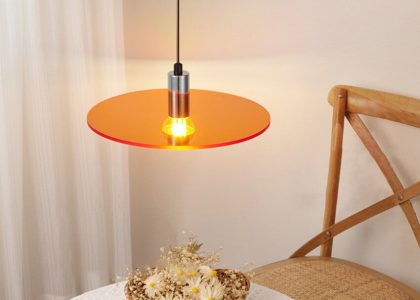Introduction
When it comes to designing a space, the ceiling is often overlooked. However, a well-designed ceiling can add visual interest, enhance acoustics, and even improve lighting. In this article, we will discuss tips and tricks for designing a stunning ceiling that will elevate any space.
Types of Ceilings
Before delving into design tips, it is important to understand the different types of ceilings. Here are some of the most common types:
Flat Ceiling
A flat ceiling is the most common and basic type of ceiling. It is a simple, flat surface that runs parallel to the floor.
Coffered Ceiling
A coffered ceiling features a grid of recessed panels or boxes. This type of ceiling adds visual interest and depth to a space.
Tray Ceiling
A tray ceiling is similar to a coffered ceiling, but features a recessed central panel that is higher than the surrounding edges. This type of ceiling is great for adding a focal point to a room.
Vaulted Ceiling
A vaulted ceiling is a ceiling that slopes upward to form an inverted V-shape. This type of ceiling adds height and grandeur to a space.
Design Tips
Now that we have covered the types of ceilings, let’s delve into some design tips.
Add Texture
Adding texture to a ceiling can make it more visually interesting. One way to add texture is by installing ceiling tiles or panels. Another way is by applying a textured finish, such as popcorn or stipple.
Use Color
A colored ceiling can add a pop of visual interest to a space. However, it is important to choose a color that complements the rest of the room. A bright, bold color may work well in a modern space, while a more subtle color may be better suited for a traditional space.
Enhance Lighting
A well-designed ceiling can also enhance lighting in a space. Consider installing recessed lighting, chandeliers or pendant lights. These types of lighting fixtures can help draw the eye up to the ceiling and create a more dramatic effect.
Play with Shape and Structure
Different shapes and structures can be incorporated into a ceiling design. For example, a coffered ceiling can add depth to a room, while a vaulted ceiling can make a space feel more grandiose. A tray ceiling can add a focal point to a room, and a domed ceiling can create an elegant look.
Conclusion
The design of a ceiling can greatly impact the overall look and feel of a space. By adding texture, using color, enhancing lighting, and playing with shape and structure, you can transform a boring ceiling into a stunning design element that elevates your space. Remember to choose a design that complements your style and functional needs, and don’t be afraid to get creative!


